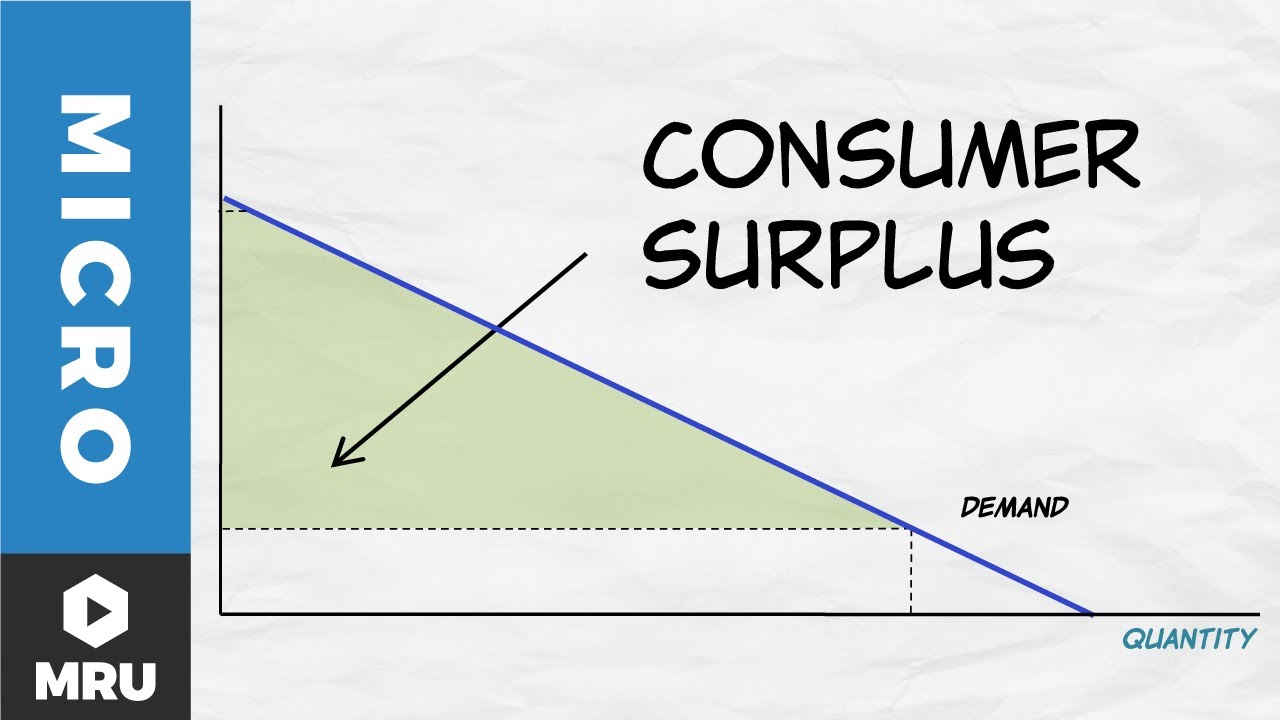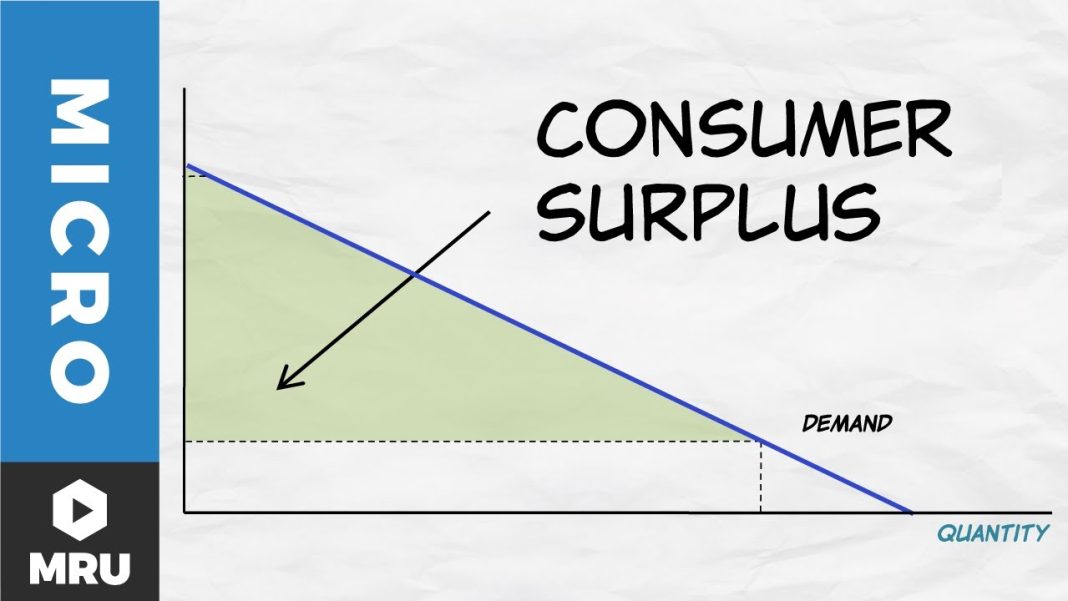
The future of electric vehicles (EVs) in the United States is uncertain as car buyers remain skeptical and automakers struggle to sell new EVs. The 2024 presidential election will play a significant role in determining the fate of EVs, as the two major parties have different views on the technology. The Democratic Party has pushed for policies aimed at increasing EV adoption, including a requirement for automakers to make half of their new sales all-electric or hybrid vehicles by 2032. However, sales of EVs have been slowing down in 2024, leading to automakers scaling back their EV plans. This slowdown in demand can be attributed to the high price of new EVs, which is unaffordable for most Americans. The average price of a new EV in August was between $56,000 and $60,000, while most Americans budget around $30,000 to buy a car. As a result, dealerships are struggling to sell EVs and are asking automakers for help. The lack of demand for EVs has led to a saturation point in the market, with too much supply and not enough demand. Automakers are now cutting back production and canceling plans for specific EV models. For example, Ford recently canceled plans for a new battery-powered SUV to improve its overall profitability. Tesla, the leader in the EV market, also saw a decline in revenue due to the lower average selling price of its vehicles. The lack of demand for EVs can also be attributed to the lack of public confidence in the charging network. While the number of charging stations is growing, most chargers are concentrated in urban areas, and there are still relatively few public EV chargers compared to gas stations. A global consumer survey found that 49 percent of current EV drivers in America plan on switching back to a gas-powered car, with poor public charging infrastructure being a major factor. To increase adoption of EVs, automakers need to lower the cost of ownership, and the public charging infrastructure needs to be improved. EVs also need to have price parity with gas-powered cars and offer the right product at the right price and experience for consumers. Despite the challenges, automakers are rolling out battery-powered versions of trucks, SUVs, and luxury vehicles with increased range in an effort to meet consumer demand. Ultimately, the future of EVs in the United States depends on the outcome of the 2024 presidential election and the policies enacted by the winning party.
The Future of Electric Vehicles in the US: How the 2024 Presidential Election Will Shape EV Adoption

